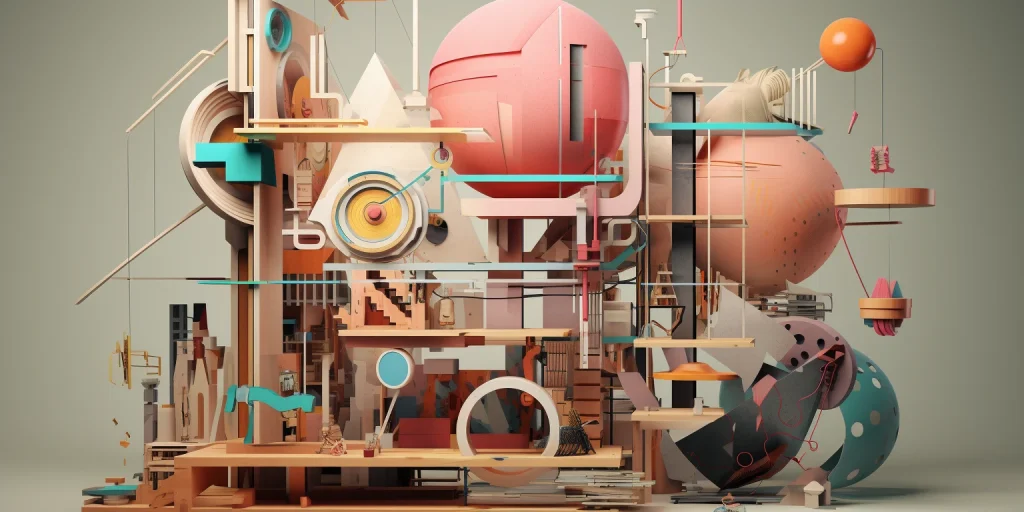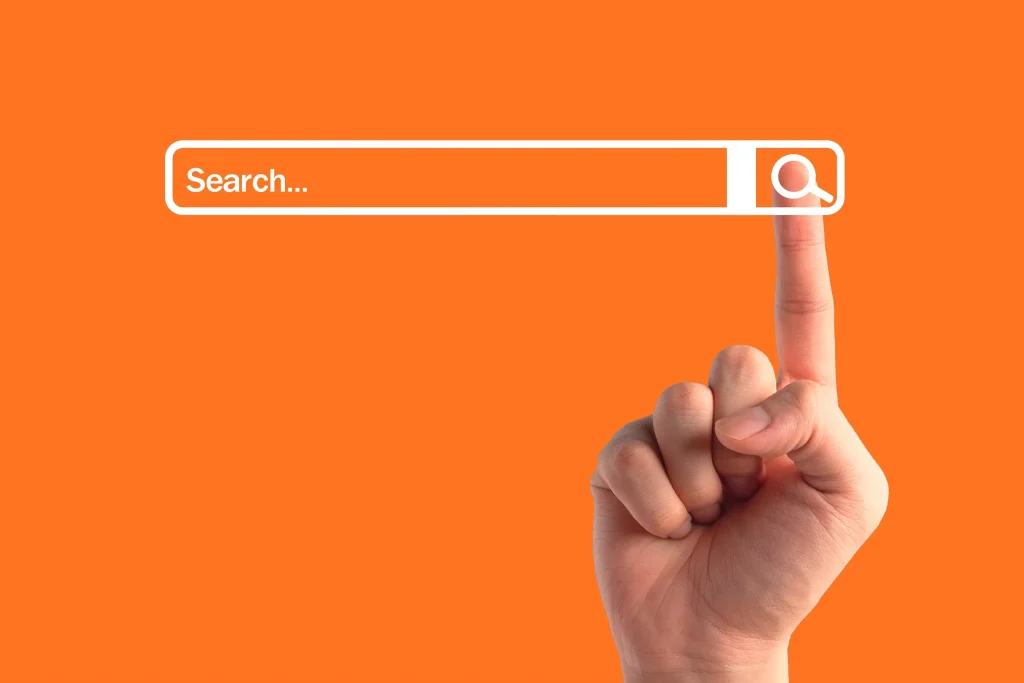When we hear the word “innovation,” we might picture the latest high-tech products from companies like Tesla and Apple. This could lead us to believe that innovation is only reserved for brainiacs and big corporations with oodles of money to invest in research. But that’s not always the case. Sometimes, the size of companies can play against them when it comes to innovation.
Innovation is not about technology. It’s not about intelligence, research or money either. It’s about a mindset.
Innovation is about discovering and addressing people’s challenges. Reducing patient wait times for appointments, enhancing the care experience for caregivers through new service offerings, or maximizing resources for healthcare facilities by repurposing equipment — these are all innovations that make a positive impact. They might not capture the world’s attention like advanced technologies like ChatGPT (which even helped write this!) but they still solve existing problems and enhance the quality of life as we know it here on earth.
According to the 2021 report from Biocat, the official healthcare and life sciences accelerator for Catalonia, a new healthcare startup is created here every week.
Fortunately, the perception of innovation is changing. An increasing number of initiatives are being established to solve real-life and everyday obstacles. According to the 2021 report from Biocat, the official healthcare and life sciences accelerator for Catalonia, a new healthcare startup is created here every week. Not bad for a region of 7.5 million people!
Despite this progress, however, there’s still a lot of work to be done in creating more efficient innovation systems. An important first step is to identify and select the right individuals and organizations to drive innovation forward.

When we talk about “driving” innovation, we’re not referring to individual investors or large corporations. (Although they are undoubtedly an essential part of many of these solutions to reach the market too.) We’re referring to the people who initiate the process by identifying and addressing the challenges faced by others.
What does that look like in, for example, the healthcare sector?
Primary care providers like doctors and nurses who have a direct connection with patients and are able to detect issues due to their close interactions. The examples mentioned earlier here (“reducing patient wait times for appointments…”) are not simply luck-based outcomes. Instead, they’re the result of a collaborative exercise that NOBA led for a team of medical professionals. Using our design thinking tools, the doctors were able to swiftly identify and prioritize existing issues within their ecosystem and develop innovative solutions to address them.
Without a doubt, innovation is a complex process that requires overcoming many obstacles and having the necessary support to bring an idea to life as a product, process or service.
Innovation can seem daunting and intricate, but it all starts with observation and taking the initiative to identify problems and potential solutions in your own environment.
By encouraging everyone to be a driver of innovation, we hope to inspire you to take the first step towards making a positive impact. (We will discuss further steps in the innovation process in a future article so stay tuned.)








